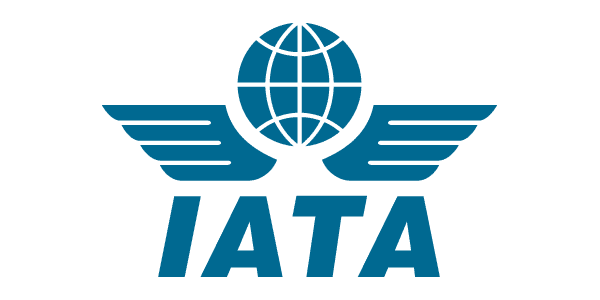 Even though major travel restrictions in China did not begin until January 23, global passenger traffic in January delivered its slowest traffic growth in nearly a decade, reports the International Air Transport Association (IATA).
Even though major travel restrictions in China did not begin until January 23, global passenger traffic in January delivered its slowest traffic growth in nearly a decade, reports the International Air Transport Association (IATA).
Global passenger traffic for January 2020 climbed 2.4% com-pared to January 2019, reports IATA. This was down from 4.6% year-over-year growth for the prior month and is the lowest monthly increase since April 2010, when the volcanic ash cloud crisis in Europe led to massive airspace closures and flight cancellations.
“January was just the tip of the iceberg in terms of the traffic impacts we are seeing owing to the COVID-19 outbreak…,” said Alexandre de Juniac, IATA’s Director General and CEO.
International Passenger Markets
January international passenger demand rose 2.5% compared to January 2019, down from 3.7% growth the previous month. With the exception of Latin America, all regions recorded increases, led by airlines in Africa and the Middle East that saw minimal impact from the COVID-19 outbreak at that time.
Asia-Pacific airlines’ January traffic climbed 2.5% compared to the year-ago period, which was the slowest outcome since early 2013 and a decline from the 3.9% increase in December. Softer GDP growth in several of the region’s key economies was compounded by COVID-19 impacts on the international China market.
European carriers saw January demand climb just 1.6% year-to-year, down from 2.7% in December. Results were impacted by slumping GDP growth in leading economies during the 2019 fourth quarter plus flight cancellations related to COVID-19 in late January.
North American airlines’ inter-national demand rose 2.9% compared to January a year ago, which represented a slowdown from the 5.2% growth recorded in December, although there were no significant flight cancellations to Asia in January.
Latin American airlines saw a 3.7% demand drop in January compared to the same month last year, which was a further deterioration compared to a 1.3% drop in December. Traffic for Latin American carriers has now been particularly weak for four consecutive months, reflecting continued social unrest and economic difficulties in a number of countries in the region unrelated to COVID-19.
Middle Eastern airlines posted a 5.4% traffic increase in January, the fourth consecutive month of solid demand growth, reflecting strong performance from larger Europe-Middle East and Middle East-Asia routes, which were not significantly impacted by route cancellations related to COVID-19 at that time.
African airlines’ traffic climbed 5.3% in January, up slightly from 5.1% growth in December.
Domestic Passenger Markets
Demand for domestic travel climbed 2.3% in January compared to January 2019, as strong growth in the U.S. helped mitigate the impact from a steep decline in China’s domestic traffic.
Chinese airlines’ domestic traffic fell 6.8% in January, reflecting the impact of flight cancellations and travel restrictions related to COVID-19. China’s Ministry of Transport reported an 80% annual fall in volumes in late January and early February.
U.S. airlines saw domestic traffic climb 7.5% in January. Although this was down from 10.1% growth in December, it represented another strong month of demand growth reflecting supportive business confidence and domestic economic outcomes at the time.









